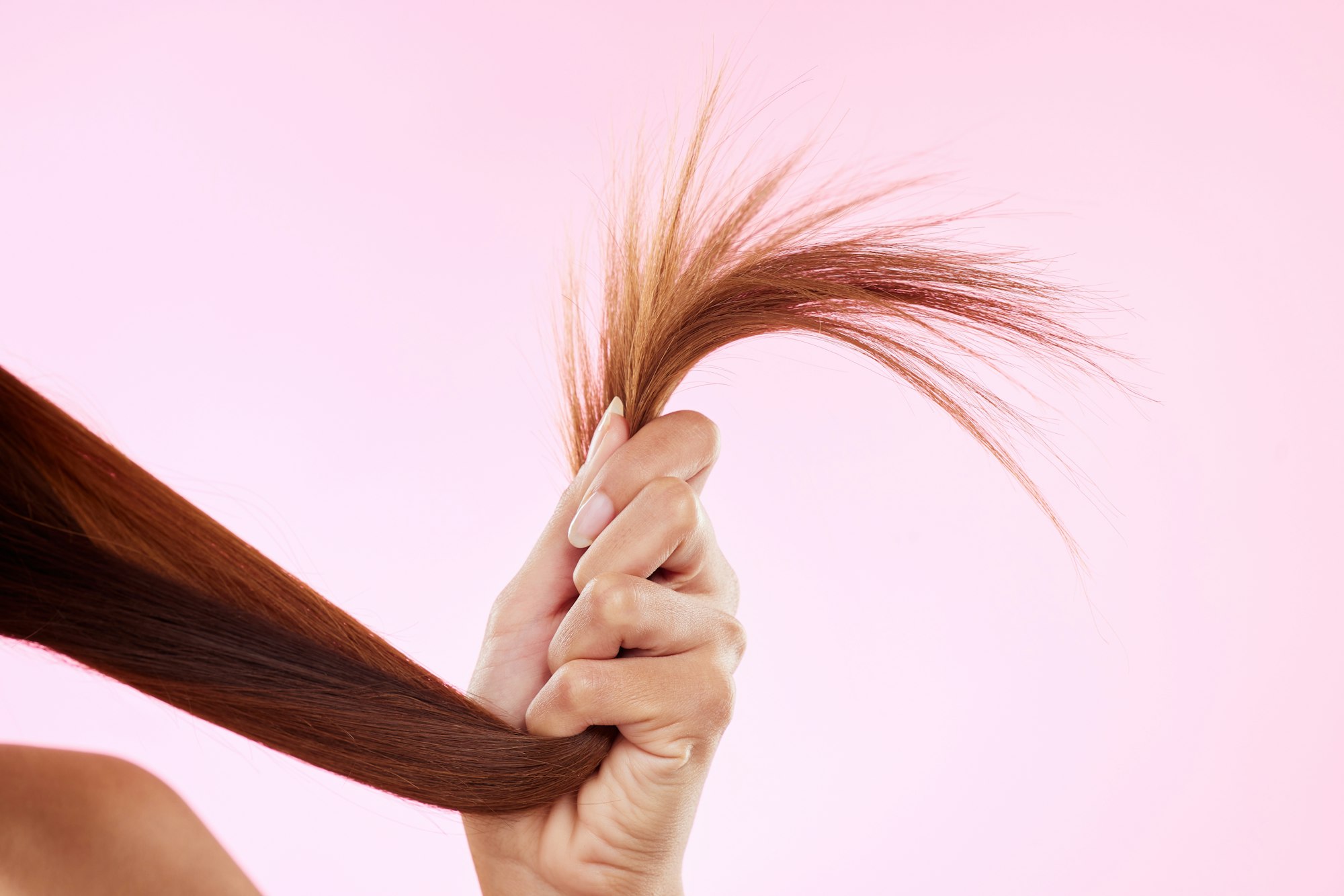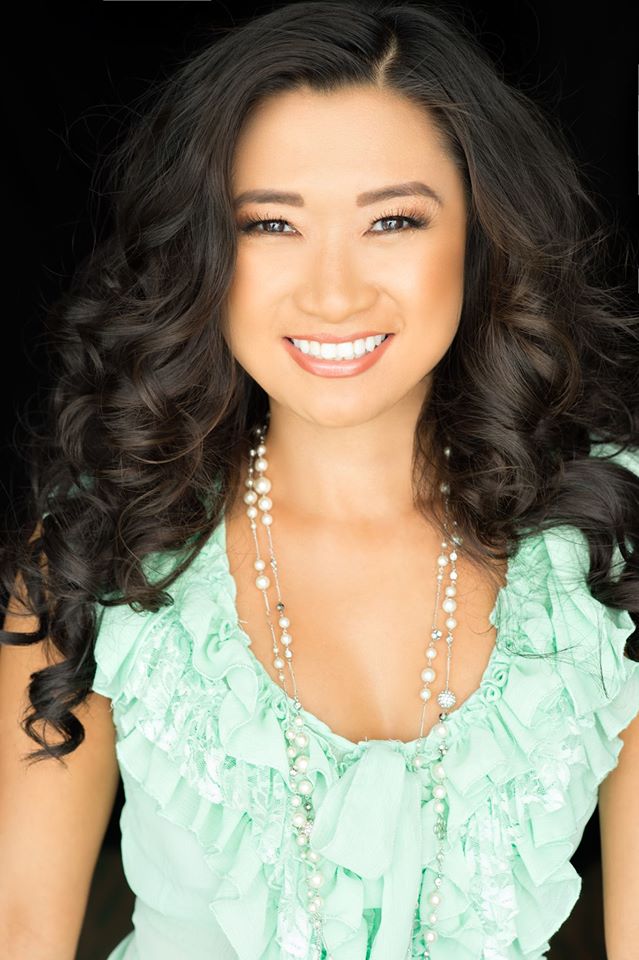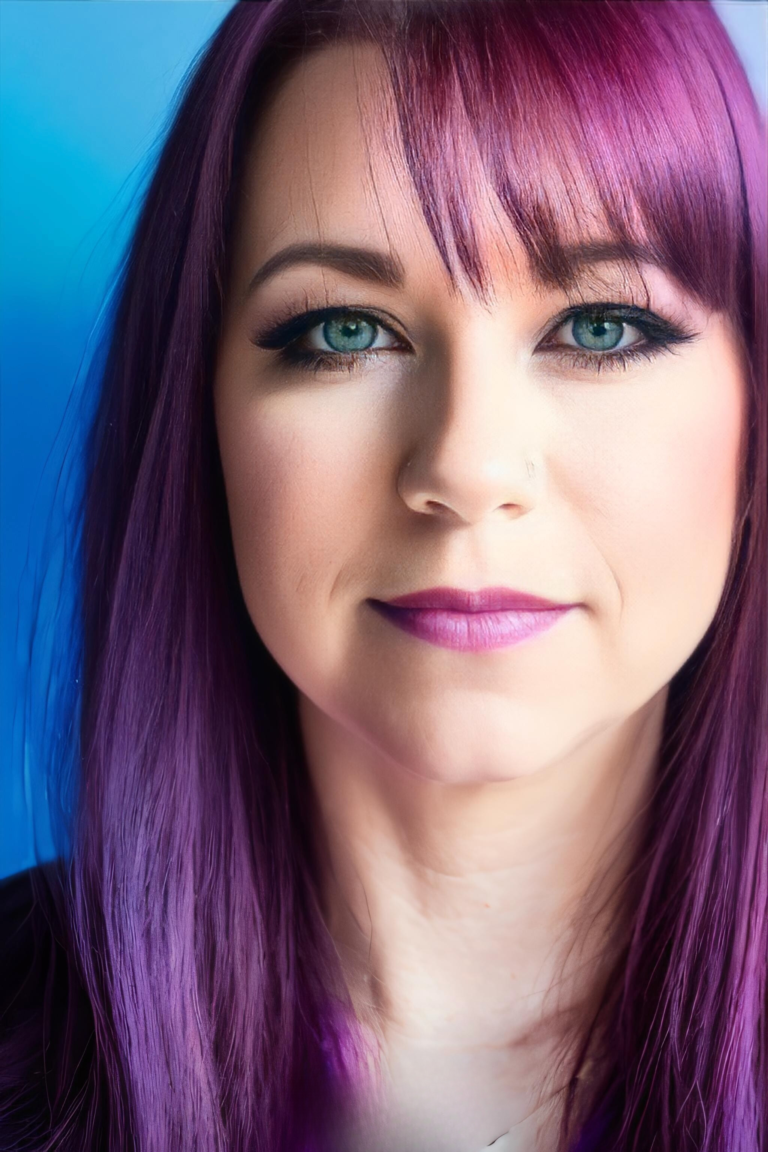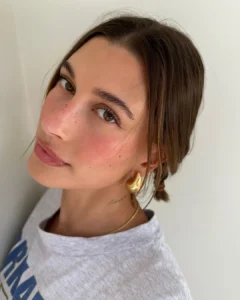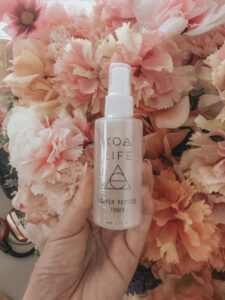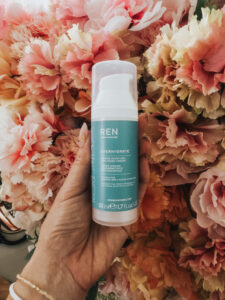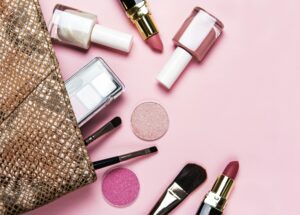Split ends: the pesky hair problem that nearly everyone faces at some point in their lives. They’re those little frayed or split tips of your hair that can make your locks look dull, lifeless, and untidy. The worst part? Once they’re there, there’s no way to “fix” them permanently—you have to cut them off. But with the right approach, you can prevent split ends from appearing as frequently and treat your hair to minimize damage.
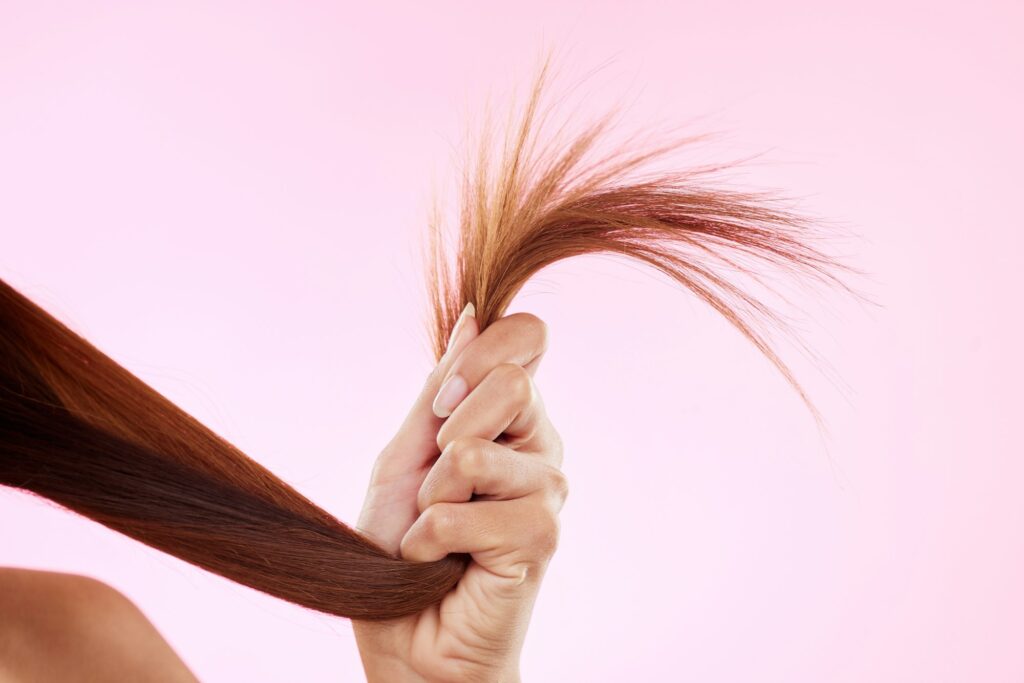
This guide will walk you through everything you need to know about preventing and treating split ends, so you can enjoy healthy, smooth, and beautiful hair for the long term.
Understanding Split Ends
Split ends happen when the outer layer of your hair, called the cuticle, wears away due to damage. This exposes the inner layers of the hair shaft, causing it to split or fray. Split ends can occur for many reasons: heat styling, chemical treatments, excessive brushing, environmental damage, and even the natural aging process of your hair.
Although you can’t repair split ends once they occur, there are ways to reduce their appearance, delay their formation, and prevent further damage to the rest of your hair. Let’s dive into how to do just that.
Step 1: Prevention is Key
The best way to deal with split ends is to avoid getting them in the first place. By taking a proactive approach, you can keep your hair healthy and strong, preventing damage that leads to splits. Here are some tips to prevent split ends from showing up:
1. Regular Trims
It may seem counterintuitive to cut your hair to maintain its health, but regular trims are one of the best ways to prevent split ends. By trimming about 1/4 to 1/2 an inch every 8-12 weeks, you’re removing the most damaged part of your hair before splits have a chance to travel up the shaft.
2. Use Heat Styling Tools Sparingly
Heat tools like straighteners, curling irons, and blow dryers can cause your hair to become brittle and weak, leading to breakage and split ends. If you rely on heat styling, make it an occasional practice rather than a daily habit. When you do use heat tools, always apply a heat protectant spray to shield your hair from the damage.
3. Condition Regularly
Hydrated hair is less likely to break. Use a conditioner every time you wash your hair to restore moisture and provide a protective barrier against environmental damage. Focus on the ends of your hair where it tends to be the driest and most vulnerable. We love Olaplex No 5.
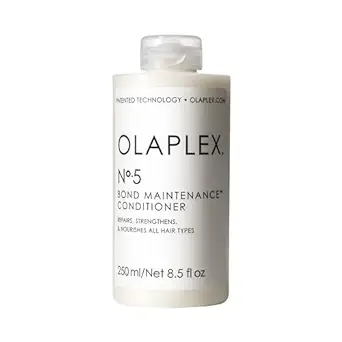
4. Use the Right Shampoo
Not all shampoos are created equal. Some can be too harsh and strip your hair of its natural oils, leaving it dry and prone to splitting. Look for sulfate-free shampoos that are gentle and moisturizing. These will cleanse your hair without over-drying it, reducing the risk of damage.
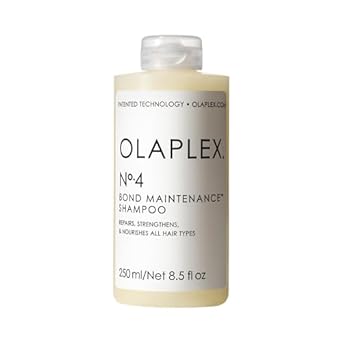
5. Detangle Gently
Brushing your hair when it’s wet is a common cause of split ends. Wet hair is more fragile, and pulling through knots with a comb or brush can cause breakage. Instead, use a wide-tooth comb to gently detangle your hair, starting from the ends and working your way up.
6. Protect Your Hair While Sleeping
If you toss and turn in your sleep, your hair can rub against your pillowcase and become damaged over time. Silk or satin pillowcases are much gentler on your hair compared to cotton, which can create friction and contribute to split ends. Alternatively, you can wrap your hair in a silk scarf or bonnet before bed to minimize friction and keep your hair healthy.

Step 2: Treating Split Ends
Even with the best prevention techniques, sometimes split ends are inevitable. While you can’t reverse them, you can treat your hair to reduce their appearance and prevent further damage. Here’s how:
1. Trim the Ends
The only true way to get rid of split ends is to cut them off. Trying to “seal” them with products will only offer temporary results. A trim every few months will ensure that split ends don’t travel up the hair shaft and cause more damage.
2. Deep Conditioning Treatments
Split ends are often a sign that your hair is lacking moisture. Deep conditioning treatments can help restore hydration and make your hair appear healthier, even if the split ends are still there. Use a deep conditioner or hair mask once a week, focusing on the ends of your hair. Leave it on for the recommended time to allow the ingredients to penetrate your strands.
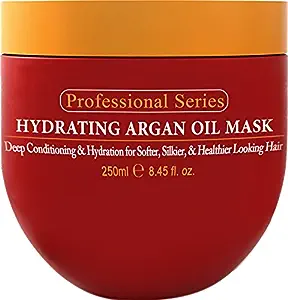
3. Use Leave-In Conditioners or Oils
Leave-in conditioners and oils can help smooth the appearance of split ends, making them less noticeable while providing an extra layer of protection. Look for products that contain nourishing oils like argan, coconut, or jojoba oil. These oils can moisturize and seal the cuticle, giving your hair a smoother, shinier finish.

4. Protein Treatments
Your hair is made of protein, so it’s no surprise that protein treatments can help strengthen and repair damaged hair. If your hair is prone to breakage or has been chemically treated, incorporating a protein treatment into your routine can help fortify your strands and prevent further splits. Just be cautious—too much protein can make hair stiff and prone to breaking, so use it sparingly.
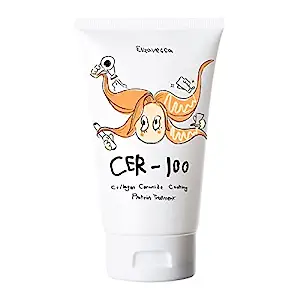
Step 3: Everyday Habits for Healthy Hair
In addition to specific treatments and products, there are small everyday habits that can make a big difference in the overall health of your hair. Incorporating these habits into your routine can help prevent split ends and promote stronger, healthier hair.
1. Avoid Over-Washing
Washing your hair too often can strip it of its natural oils, which are essential for keeping your hair healthy and moisturized. If you have dry hair, try to limit washing to 2-3 times per week. For oily hair, opt for gentle, sulfate-free shampoos that won’t be too harsh on your strands.
2. Cold Water Rinse
Rinsing your hair with cold water at the end of your shower can help seal the cuticle, reducing the risk of split ends and making your hair look shinier. While it may be tempting to skip this step on chilly mornings, your hair will thank you in the long run.
3. Be Careful with Towel Drying
Vigorously rubbing your hair with a towel can lead to breakage and frizz. Instead, gently squeeze out excess water with a soft towel or an old t-shirt. This gentler method will help keep your hair smooth and prevent split ends from forming.
4. Don’t Overdo the Color Treatments
Frequent coloring or bleaching can weaken your hair and lead to split ends. If you love experimenting with your hair color, give your hair time to recover between treatments. Always follow up with color-safe, hydrating products to keep your hair healthy.
5. Use UV Protection
Just like your skin, your hair can be damaged by UV rays from the sun. Prolonged sun exposure can dry out your hair and lead to split ends. When spending time outdoors, wear a hat or apply a UV protection spray to shield your hair from the sun’s harmful effects.
Step 4: The Role of Diet in Hair Health
Your diet plays a significant role in the health of your hair, including preventing split ends. Eating a balanced diet that’s rich in vitamins and minerals can improve the strength and appearance of your hair. Here are some key nutrients to include in your diet for healthy hair:
1. Protein
Since hair is made up of protein, consuming enough of it is crucial for maintaining healthy hair. Incorporate protein-rich foods like lean meats, eggs, beans, and nuts into your diet to keep your hair strong and prevent breakage.
2. Omega-3 Fatty Acids
Omega-3 fatty acids promote a healthy scalp and shiny hair. Foods like salmon, chia seeds, and walnuts are excellent sources of omega-3s and can help keep your hair hydrated and less prone to splitting.
3. Biotin
Biotin (also known as vitamin B7) is often hailed as a “hair growth” vitamin. While it won’t directly prevent split ends, it does support overall hair health. You can find biotin in foods like eggs, almonds, and sweet potatoes.
4. Vitamins A, C, and E
These vitamins help to keep your scalp healthy and improve circulation to the hair follicles. Vitamin C is especially important for collagen production, which strengthens the hair. Foods like oranges, spinach, and almonds are great sources of these vitamins.
Conclusion: Healthy Hair, Fewer Split Ends
Preventing and treating split ends requires a combination of good hair care habits, the right products, and a healthy diet. While there’s no magical solution to eliminating split ends altogether, following these steps can help you minimize damage and keep your hair looking smooth, shiny, and healthy.
So, whether you’re working on preventing split ends from forming or treating the ones you already have, remember that a little TLC goes a long way in maintaining beautiful, healthy hair!

